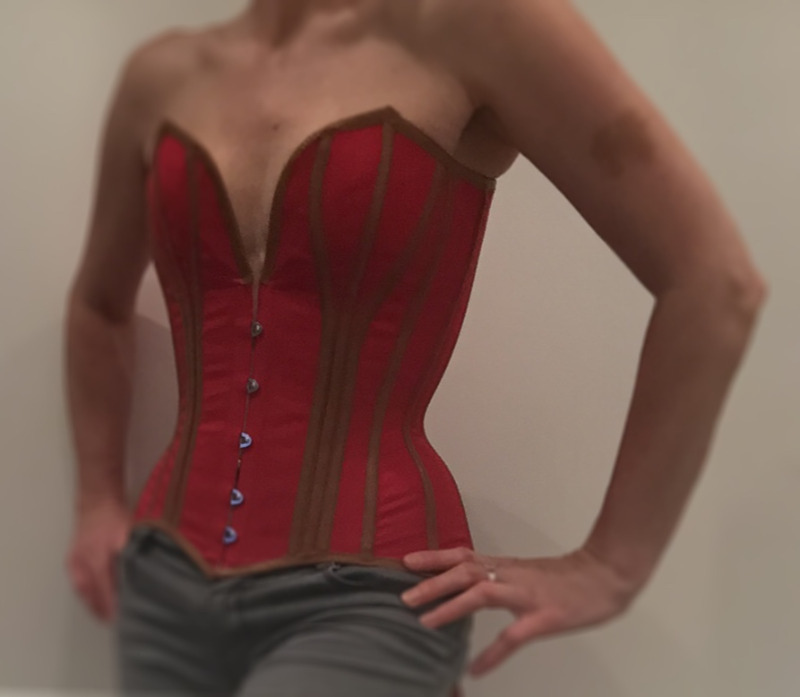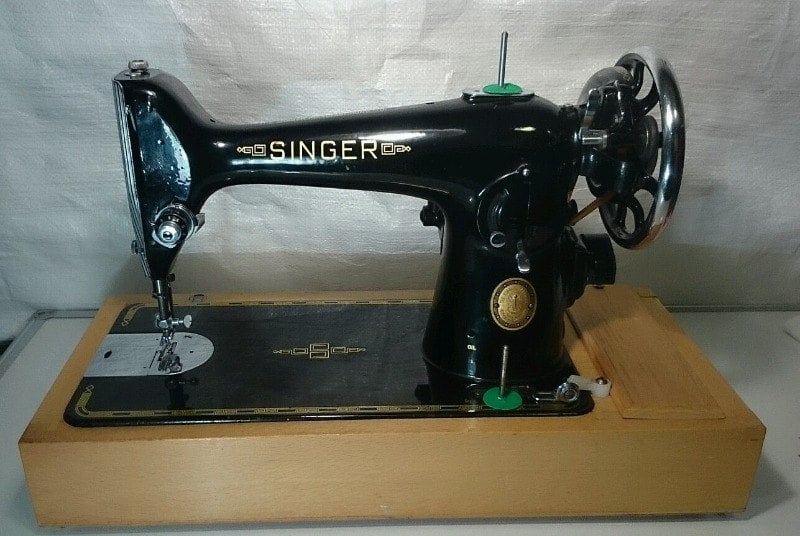I haven't blogged for a while because I've been so busy working on my corset patterns. It has taken me about 6 months to refine them! Because I have included customisable options within the patterns themselves I haven't been able to include multiple sizes on each pattern so have had to do separate ones - it's taken much longer than I thought it would! I'm still going though even now - 'plus' size underbusts coming up!
Promoting them is another matter though - they are on Etsy and I get quite a bit of traffic but nobody seems to want to commit to a purchase. I have had few but there are already tried and tested patterns on the market by brands that have been around a lot longer than I have. How to get going and win the trust of the corset and sewing community?? I figured the only way would be to recruit Morgana (Threnody in Velvet) and prove that my corset patterns do work. The end result was better than I expected - it fitted her so well just using her measurements - I didn't make up a toile although I have made a corset for her before so did have a good idea about her fit.
I have had 60 new page likes in 6 days and my reach last night from posting her picture is up to nearly 1200. It just goes to show that people love a picture, especially of somebody who knows how to rock a corset!

